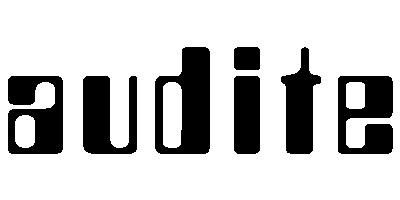貝多芬:鋼琴三重奏第四集 瑞士鋼琴三重奏 / Swiss Piano Trio / Beethoven: Complete Works for Piano Trio - Vol. 4
|
The fourth installment of the Swiss Piano Trio's recording of the complete piano trios includes two major works, not counted among his seven numbered trios, whose violin parts can also be played by the clarinet. The finale of the "Gassenhauer" Trio, which was composed in 1797, draws on a popular Singspiel melody by the composer Josef Weigl whose cheerful naivete is very well-suited to the character of the (B-flat) clarinet; the dimensions and ambitious scope of the work, however, make it a truly "classical" piano trio. Sometimes referred to as the "eighth" trio, the Piano Trio in E-flat major, Op. 38 for violin or clarinet, cello, and piano, which Beethoven published in 1807 under the title "Grand Trio," is an arrangement of the Septet, Op. 20 written in 1799-1800. Beethoven presented the Septet in April 1800, along with the First Symphony, at an Academy in Vienna, where it met with enthusiastic acclaim. Beethoven brilliantly solved the problem of scoring the piece for piano trio while preserving its sound character, without sacrificing the principle of "obligato accompaniment," the independence of each voice irrespective of its function. Finally, the Trio Movement in E-flat major dates back to the composer's younger years; he wrote the piece in 1790 for the members of the so-called Zehrgarten club, before later setting out for Vienna in 1792.
|
編號 |
曲目 |
長度 |
作詞 |
作曲 |
演奏 |
樂團 |
演唱 |
指揮 |
試聽 |
|---|



